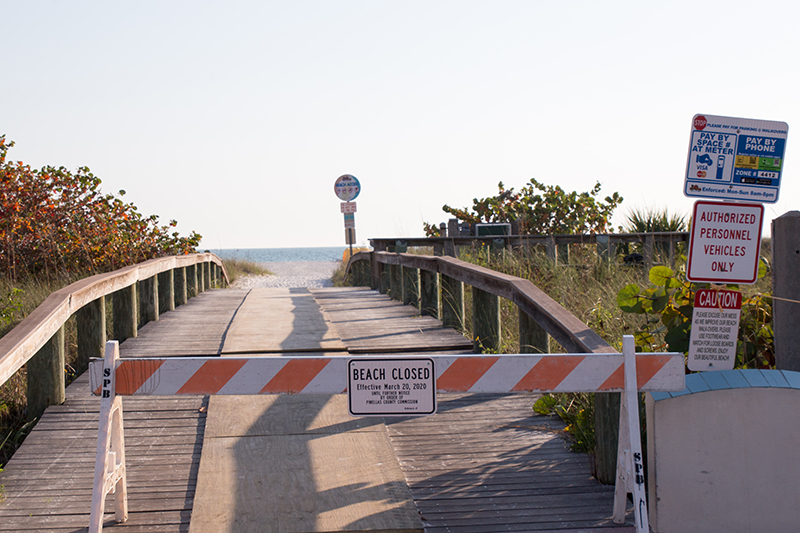Handling Closings and Restrictions Through the COVID-19 Crisis

As the pandemic continues to wash over the country, state and federal parks and services are drowning in closures and occupancy restrictions. Unfortunately, citizens are looking for solace away from quarantine procedures in the majesty of nature. This puts undue strain on the National Park Service that wasn’t designed for long-term regulations to minimize exposure. Fortunately, there are many ways that location managers can mitigate the disruption in service with either temporary or permanent barrier systems. Using simple methods to upgrade security procedures can help facilitate easier transitions as these places are reopened to the public.
Short-Term Solutions
While many parks and public places have closed thanks to the crisis, many remain open through the pandemic. Even
so, events and holidays that normally cause a surge in occupancy all but demand closures for safety’s sake. In Michigan, that meant temporarily shutting down the park service during a 4th of July display, allowing the populace to return once the holiday weekend had passed. In addition to an already reduced park capacity, patrons would be refused entry past 8 p.m. and all asked to leave by 10 p.m.
Parks that are generally open to the public may not have the facilities in place to handle keeping patrons away after certain hours. Using portable barriers and bollards, these temporary closings can be handled with ease. Recreational spaces that lack parking gates could use units such as the IP500 swing arm barrier to bar passage to any vehicles but still allow patrons to leave when the time is right. In addition, equipment similar to the TB100 portable crash-rated bollard system can help organize footpaths while keeping pedestrians safe from vehicles in parking lots not designed for high-traffic closing times.
Permanent Protection
For some public organizers, the threat that COVID-19 poses is something that needs to be kept in mind for the future. While current closings may be temporary, having long-term options may help to bolster the response should another emergency arise. In Connecticut, it became common practice during July to close beaches once they reached capacity. Southern California residents looking for relief in the rolling hillside found many of their favorite parks closed thanks not only to COVID-19 but also persistent forest fires. The national pandemic may present the perfect opportunity for authorities to install permanent barriers that can handle such problems when they arise.
Having high-security beam barricades such as the TT212E beam barrier may seem like overkill for a public park, but when safety is an issue, park managers need to keep the public out while allowing passage for emergency services. In addition, recreational areas in high-population zones can see their attendance skyrocket during certain holidays and seasons, and being able to protect lots filled with pedestrians takes the stress off of security personnel, allowing them to handle any issues within the park without needing to concern themselves with outside dangers.
Americans pride themselves on their freedoms and the ability to enjoy the beauty of their country. With Delta Scientific, beaches, parks and other public areas can be made safe spaces. Contact us today to learn more about our temporary and permanent vehicular and pedestrian traffic systems, and let us help you make your communal areas destinations that everyone can enjoy.
Share This Story, Choose Your Platform!
